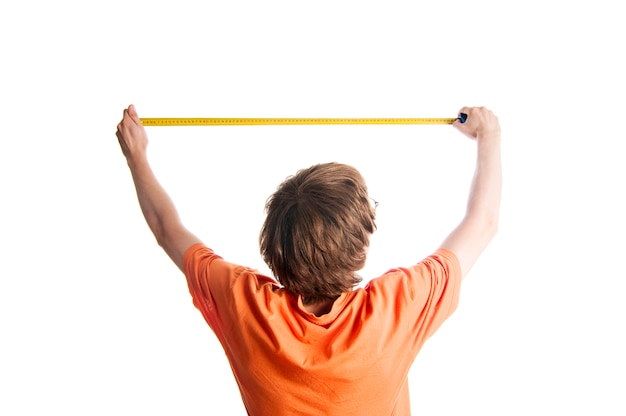Measurement is a fundamental concept that children encounter in their daily lives. Whether they’re comparing the lengths of two toys, figuring out how much water fits in their cup, or determining the height of their favorite tree in the backyard, they’re engaging in the act of measurement. But how do we ensure that kids truly grasp the essence of measurement and its various facets?
Math & ELA | PreK To Grade 5
Kids see fun.
You see real learning outcomes.
Watch your kids fall in love with math & reading through our scientifically designed curriculum.
Parents, try for free Teachers, use for free
A study from Lesson Research highlights the four stages of teaching and learning measurement:
- Direct Comparison: Measurement activities activities at this stage can be as simple as asking children to compare the lengths of two toys or the heights of their friends. It’s about visual and tactile comparison without the need for any tools.
- Indirect Comparison: This stage can involve activities where children use a third object (like a string or a stick) to compare two items that can’t be directly compared. For instance, if they want to know which of two rooms is wider but can’t compare them side by side, they might use a string to measure both.
- Measuring with Arbitrary (Non-Standard) Units: Activities here can be creative and fun. Kids can use their shoes to measure the length of a room or use hand spans to measure the width of a table. It’s about understanding the concept of a “unit” without getting into the specifics of standard units.
- Measuring with Standard Units: At this stage, activities can introduce tools like rulers, measuring tapes, and scales. Kids can start measuring objects using inches, centimeters, grams, etc. It’s about precision and understanding the universal standards of measurement.
Incorporating these stages into hands-on activities can make the learning process engaging and effective. In this blog, we’ll explore exciting and fun measurement activities for kids that not only make learning fun but also ensure a deep understanding of the concept.
15 Fun Hands-On Measurement Activities for Kids
Understanding the nuances of measurement is a fundamental skill that children need to grasp early on. But the question often arises: how to teach measurement in a way that’s both engaging and effective? The answer lies in hands-on activities that allow kids to explore, experiment, and most importantly, learn to measure in real-world contexts. In this section, we’ll delve into a curated list of activities that not only make learning fun but also ensure a deep understanding of the concept.
1. Online Measurement Games
In today’s digital age, online measurement games offer a blend of fun and learning. One such resource is Splashlearn, where kids can learn about measurement at an exciting pace. For instance, they offer activities like the “Which Object has Less Capacity” worksheet, which challenges children to identify objects based on their capacity. This engaging approach ensures that kids grasp the concept of measurement in a fun and engaging manner, making it a modern and effective way to introduce traditional measurement concepts.
2. Footprint Path
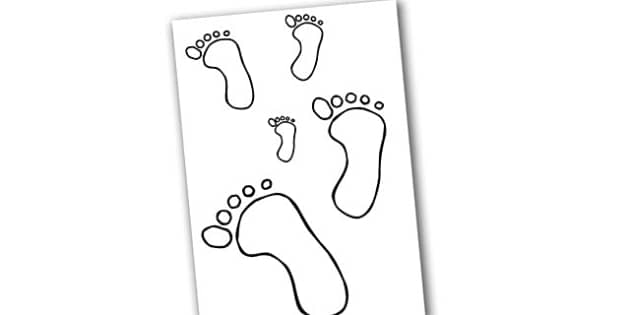
Engaging in the Footprint Path activity is a delightful way for kids to start learning measurements. By counting the number of steps they take from one point to another, children get a hands-on experience of distance. It’s not just about walking; it’s about understanding how far they’ve traveled using their own feet as a measuring tool.
3. Water Pouring
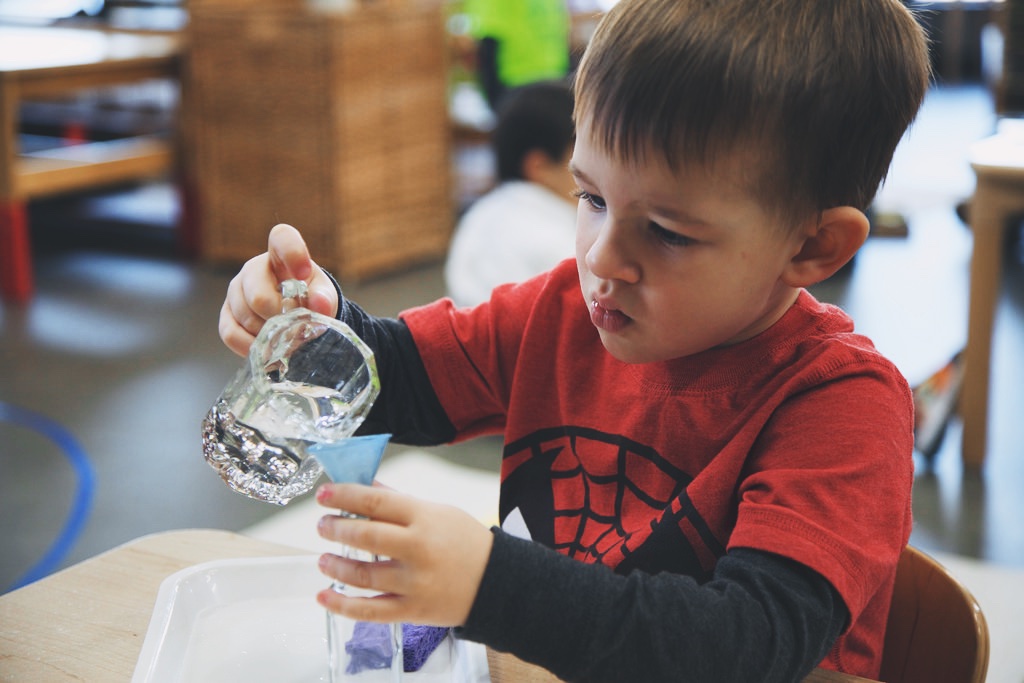
The Water Pouring exercise is a fun activity on measurement of length and volume. Children are presented with containers of varying sizes. Their task? Estimate and then measure how many small cups of water it takes to fill a larger container. This activity not only sharpens their estimation skills but also deepens their understanding of volume in a fun, interactive way.
4. String Around Objects
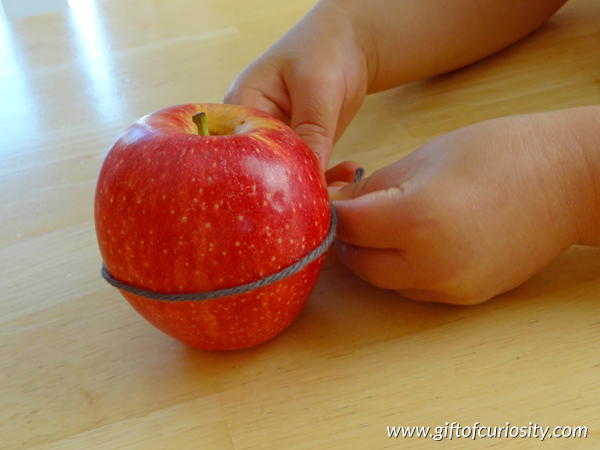
Strings, in the pool of activities in measurement, can be powerful tools. In this activity, children are given strings to wrap around various objects, from trees to their own wrists. Once wrapped, they can compare and measure the lengths of these strings. It’s a tactile way of understanding how different objects have different circumferences and sizes.
5. Jumping Distance
Who knew jumping could be educational? The Jumping Distance activity is more than just a playful leap; it’s a lesson in teaching measurements. Kids mark their starting point, take a jump, and then measure the distance they’ve covered using a measuring tape. It’s a dynamic way to understand length and distance, all while having a blast.
6. Height Chart
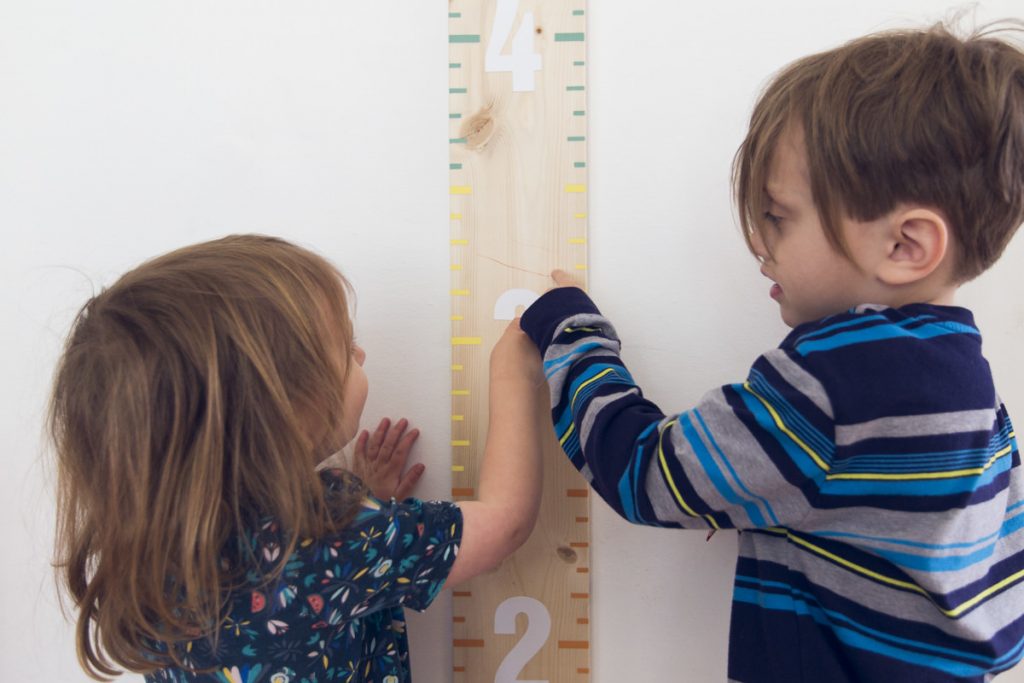
Tracking growth is always exciting for kids. With the Height Chart activity, children can see their progress over time. By marking their height on a chart every month, they get a visual representation of how they’re growing. It’s not just a chart; it’s a timeline of their growth, making measurements personal and meaningful.
7. Measuring Ingredients
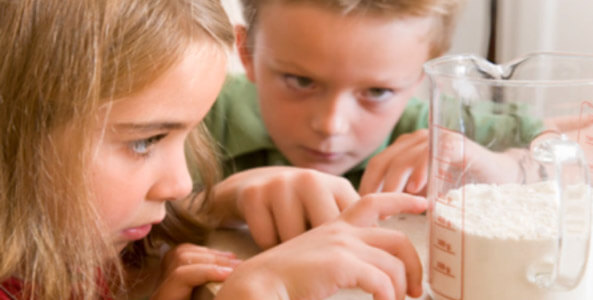
One of the best measurement activities examples in daily life is cooking. When kids get involved in baking or cooking, they naturally engage with measurements. By using measuring cups and spoons, they learn about volume and quantity. It’s a delicious way to understand measurements and enjoy the results!
8. Building with Blocks
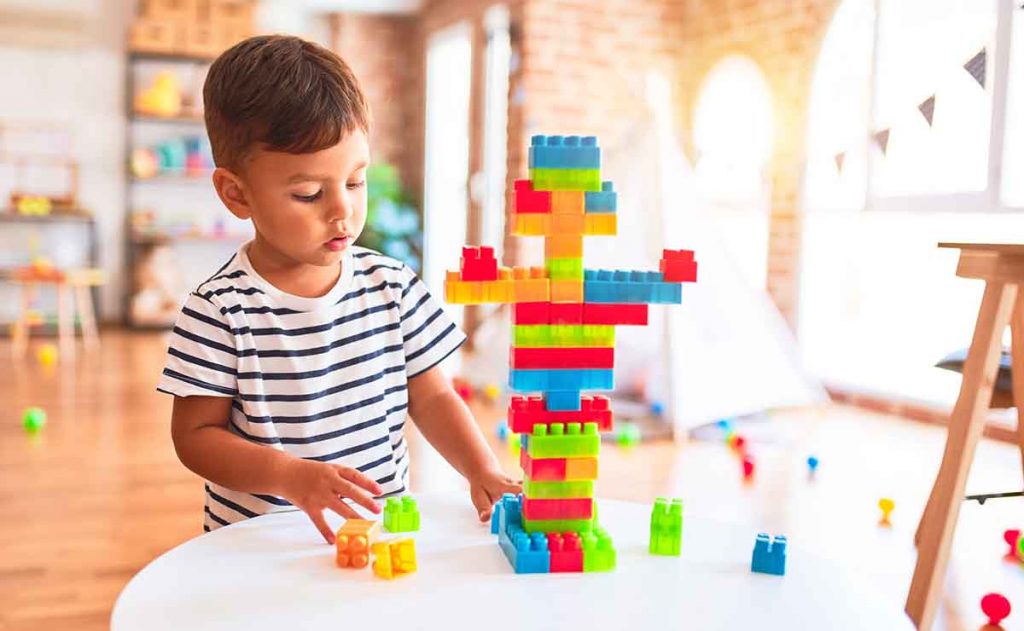
Blocks aren’t just toys; they’re tools for hands-on measurement activities. Encouraging children to build towers or structures allows them to explore height and length. Once their masterpiece is complete, they can use a ruler to measure how tall their creation stands, turning playtime into a learning experience.
9. Playdough Snakes
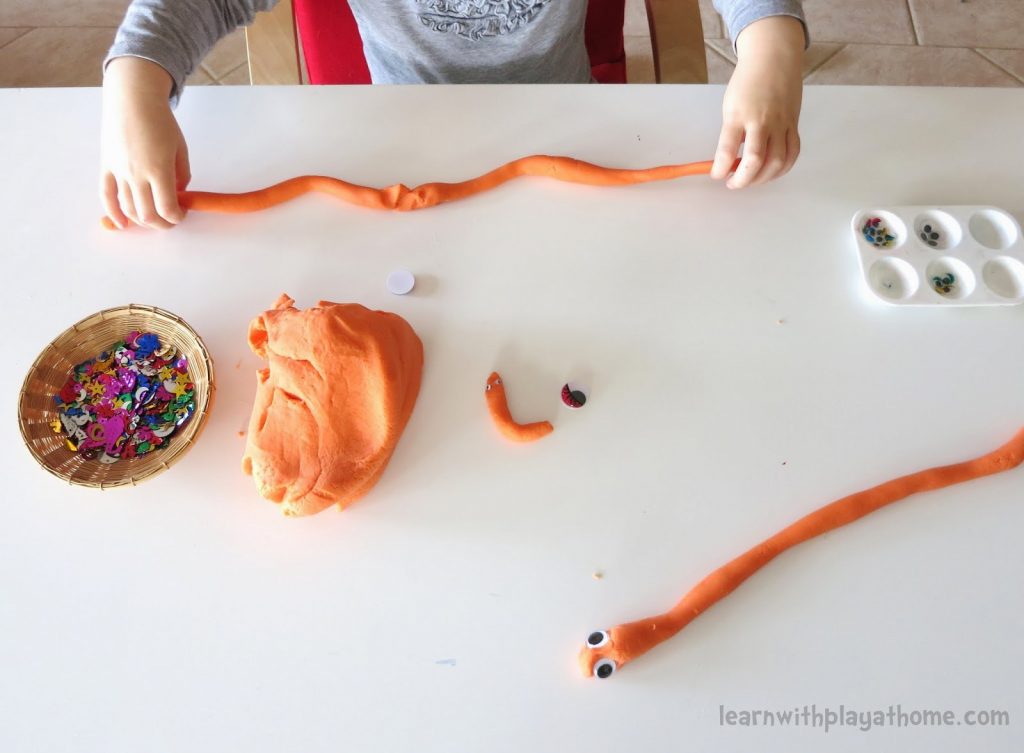
Playdough is versatile and fun, making it perfect for measurement activities. Kids can roll the dough into snake-like shapes and then use non-standard units, like paper clips, to measure their lengths. It’s a tactile and creative way to introduce the concept of length and comparison.
10. Bead Stringing
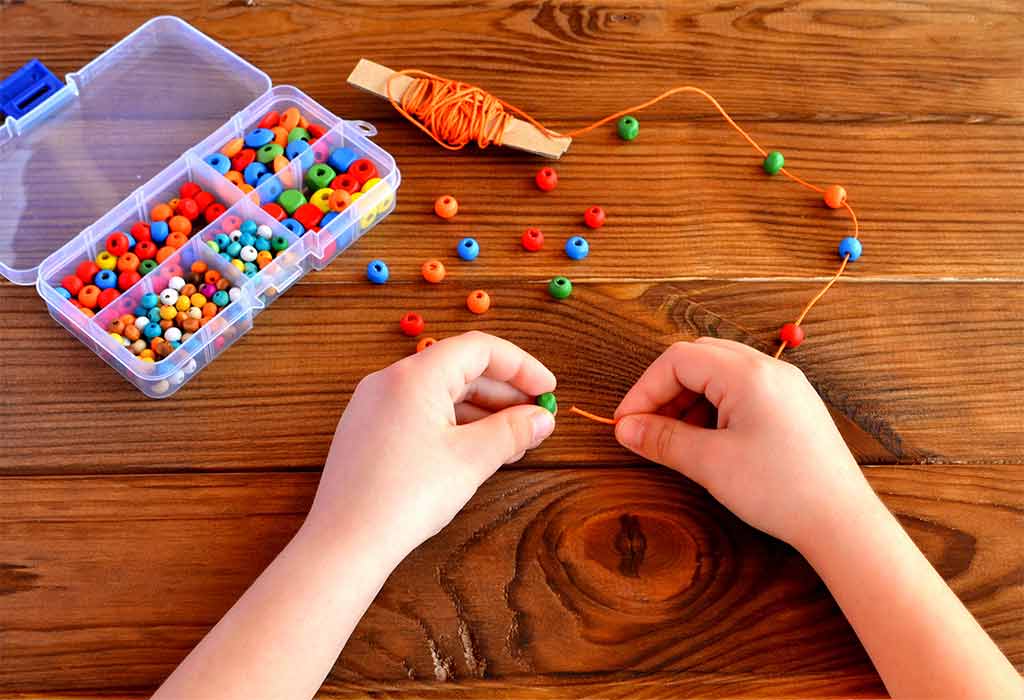
Beads and strings come together in this engaging activity. Children are provided with a string and a collection of beads. They’re prompted to predict how many beads can fit on the string. After stringing the beads, they measure the actual number, blending prediction with actual measurement.
11. Balloon Air Capacity
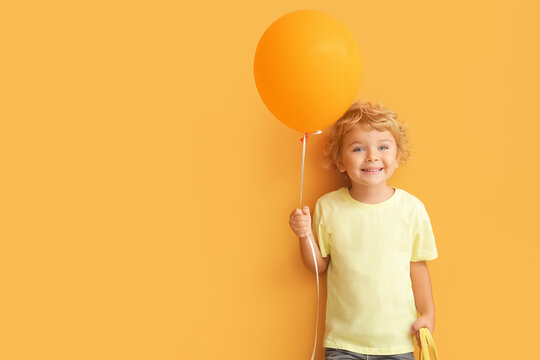
Balloons are more than just party decorations; they’re tools for measuring weight activities. By inflating balloons to various sizes, kids can measure their circumferences. This helps them understand how much air each balloon holds and how air capacity relates to the size and stretch of the balloon’s material.
12. Weight Station
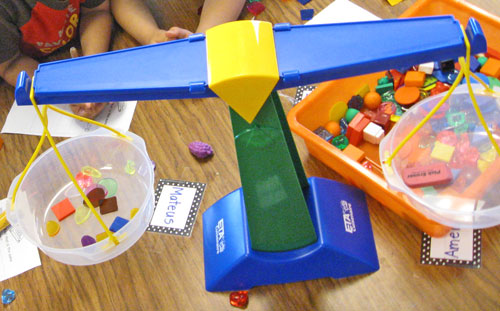
One of the most hands-on measuring activities is the Weight Station. By setting up a station with a simple balance scale, children get the opportunity to explore the concept of weight. They can place various household items on the scale, comparing and contrasting their weights. It’s a tangible way for kids to understand how different objects have different weights.
13. Temperature Diary
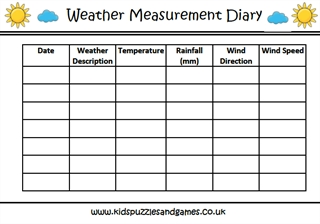
A Temperature Diary is a fantastic way to introduce kids to the concept of temperature fluctuations. Using an outdoor thermometer, children can record the temperature at the same time every day for a week. This measurement activity for kids not only teaches them about the varying temperatures but also about recording and tracking data over time.
14. Ribbon Lengths
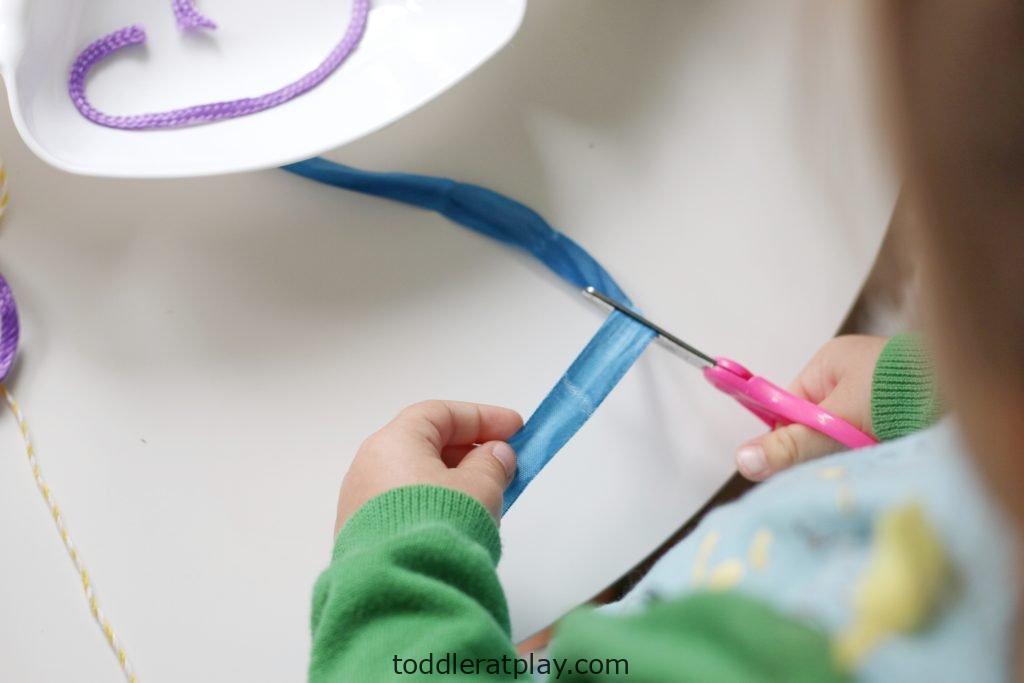
Ribbons, with their vibrant colors and varying lengths, make for engaging measuring length activities. Kids can be provided with an assortment of ribbons and asked to arrange them from the shortest to the longest. Once arranged, they can use a ruler or tape measure to determine the exact length of each ribbon, enhancing their understanding of length and comparison.
15. Using Manipulatives
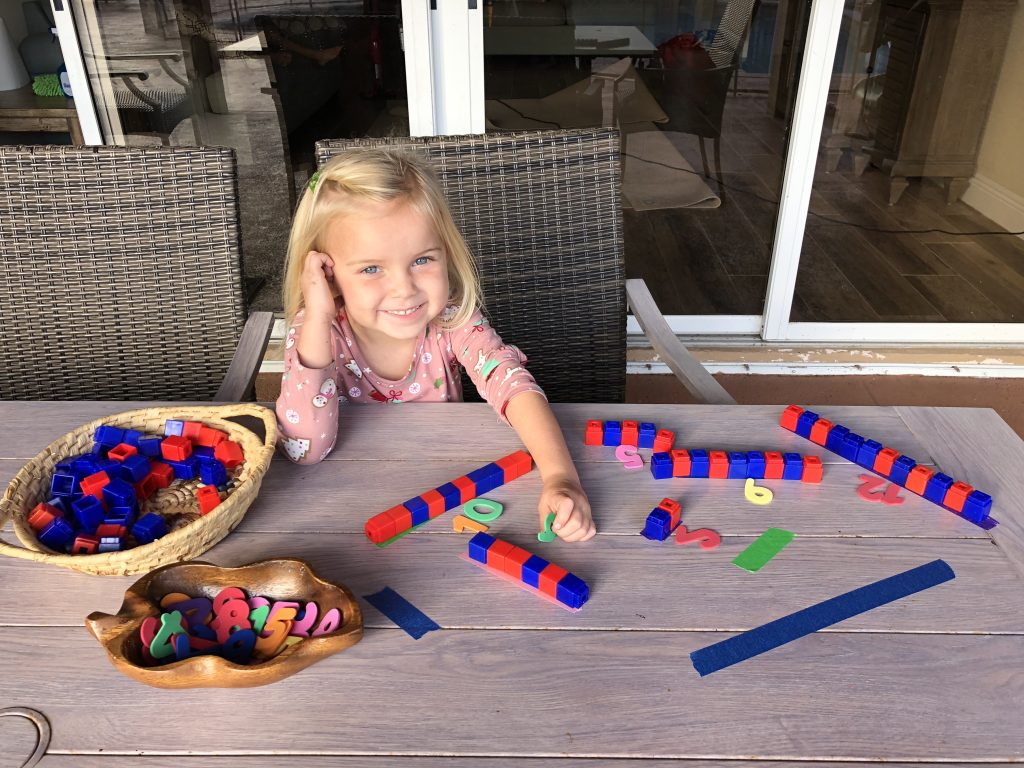
Manipulatives, like cubes, are excellent tools for hands-on learning. Children can use these cubes to map out spaces, objects, or even patterns. By stacking, arranging, and measuring the cubes, they delve deep into spatial understanding and measurement concepts.
Conclusion
Measurement is everywhere in our daily lives, and introducing kids to it in fun and interactive ways can spark a lifelong interest. Through the various hands-on activities we’ve explored, children can grasp the basics of measurement in a way that’s both engaging and educational. From using everyday items like ribbons and balloons to exploring online games, there’s no end to the creative ways of teaching this essential skill. As parents and educators, it’s our role to provide these opportunities, ensuring our kids grow with a strong foundation in understanding measurements.
Frequently Asked Questions (FAQs)
Why are hands-on activities important for teaching measurement?
Hands-on activities make abstract concepts like measurement tangible for kids. They provide practical experience, making learning engaging and memorable.
Can I use these activities for older kids as well?
Absolutely! While these activities are designed for younger children, they can be adapted or made more complex to challenge older kids and reinforce measurement concepts.
Do I need special tools or materials for these activities?
Most activities use everyday items found around the house. However, having basic tools like a ruler or measuring tape can be beneficial for some exercises.

















